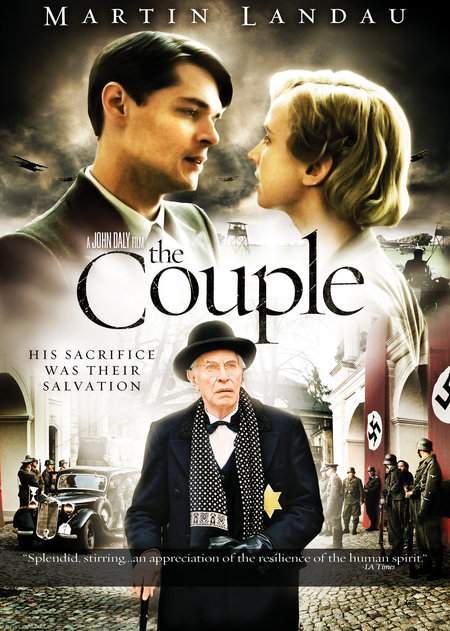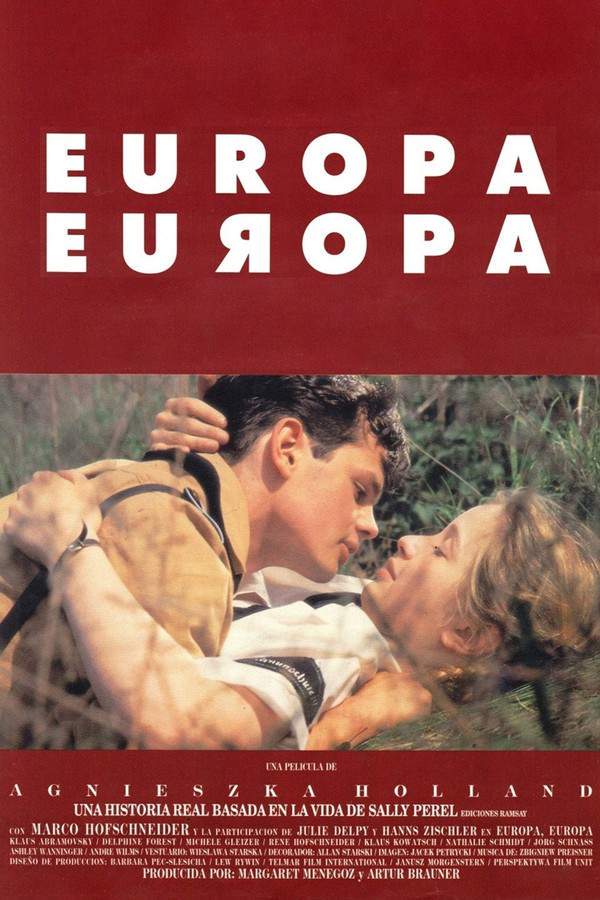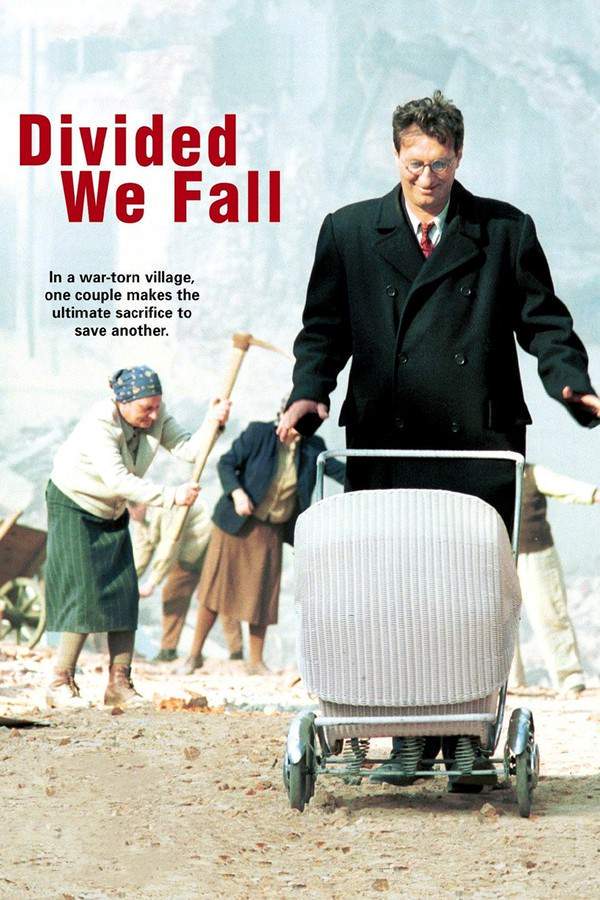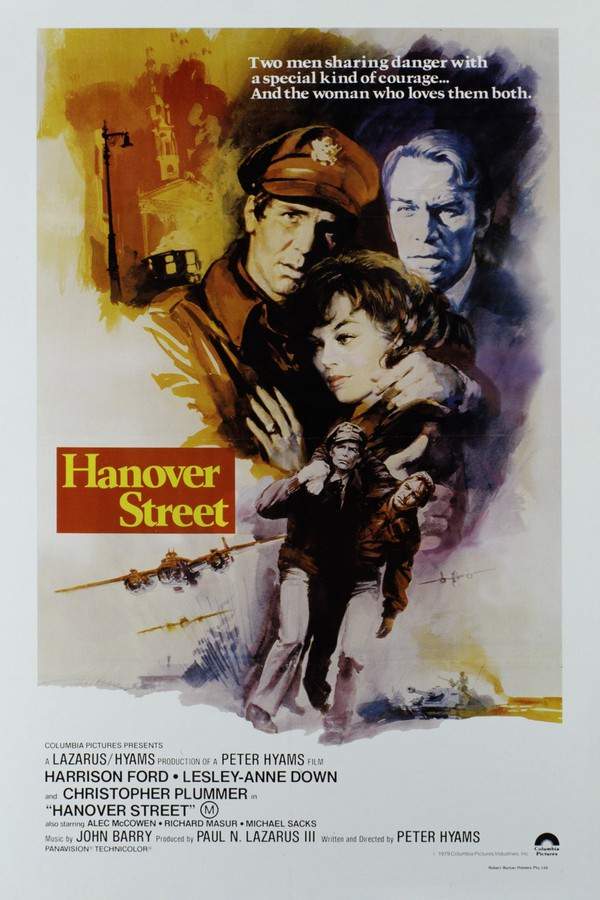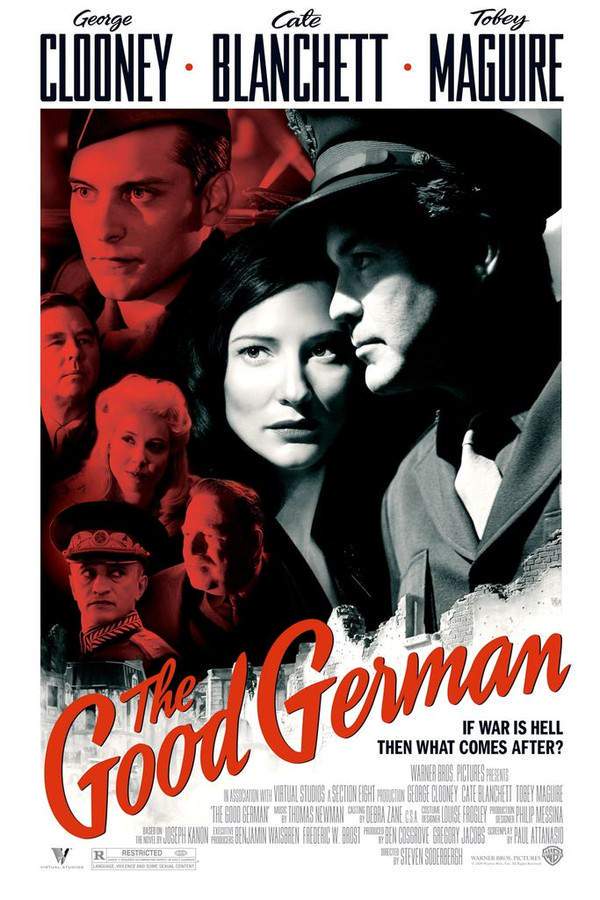Warning: spoilers below!
Haven’t seen Habermann yet? This summary contains major spoilers. Bookmark the page, watch the movie, and come back for the full breakdown. If you're ready, scroll on and relive the story!
Habermann (2011) – Full Plot Summary & Ending Explained
Read the complete plot breakdown of Habermann (2011), including all key story events, major twists, and the ending explained in detail. Discover what really happened—and what it all means.
In 1937, a prosperous ethnic German mill owner named August Habermann stands as the moral center of a town called Eglau in the Sudetenland. His mill operates as both a sawmill and a gristmill, and he preserves a pragmatic but hopeful belief that Sudeten Germans and Czechs can coexist peacefully under his roof. He marries a Czech woman, Jana, who later is revealed to be half-Jewish, a detail that quietly colors the family’s fate. August’s closest confidant is Karel Březina, a Czech who embodies a bridge between communities. The two families live with a delicate tolerance until the shadows of war begin to loom.
When the Munich Agreement transfers the Sudetenland to Germany in October 1938, August welcomes the change as a commercial opportunity, hoping it will grant access to the German market for his business. But Karel’s warning rings true: the Czech people become second-class citizens, and the mood in Eglau grows increasingly menacing as the brutal SS officer Kurt Koslowski arrives to enforce a new order. Koslowski’s presence brings a harsh, personal threat to August’s world, as he bullies August into selling flour to a hospital/spa that treats wounded German soldiers at cost, a move that exposes how power can exploit reliance and loyalty.
The tension deepens as August’s younger brother, Hans, who is ardently Nazi, chooses to join the Wehrmacht in 1941 after finishing the Hitler Youth, despite August’s opposition. The war’s harsh arithmetic hardens quickly: in 1943, Koslowski’s men murder Hora, a Czech bookkeeper at the mill, after pamphlets predicting Germany’s defeat begin to circulate. The war’s cruelty touches even the intimate ties of the Habermann household when Hans is badly wounded in 1944, and Jana helps him desert by pulling him off a train, a moment that leaves him torn between duty and survival. Both Jana and August urge him not to return to a conflict they view as madness, but Hans remains haunted by the promise of a cause he once believed in, even as his injuries ground him.
As August and Karel journey along a forest road, tragedy compounds. Masek, Eliška’s son and August’s housekeeper’s child, shoots a German soldier he encounters, forcing Karel to kill another to silence a witness. Koslowski escalates his vendetta by ordering the random execution of twenty Czechs in retaliation. In a desperate bid to save lives, August bribes Koslowski with his family’s precious jewelry, hoping to halt the planned killings. The plan fails when Koslowski breaks his word and executes nine of the chosen Czechs, while sending Jana and her daughter to a concentration camp. The collaborating mayor of Eglau, Hartel, informs Koslowski that Jana’s father was Jewish, a discovery that shatters August’s already fragile sense of safety and belonging.
Broken in spirit, August refuses to heed Karel’s advice to flee the Sudetenland. He clings to a land he has lived in for generations, convinced that his wife and daughter are dead, and that his identity is irreparably wrecked by the moral weight of the era.
With the war ending in May 1945, the region erupts into a lynch mob mentality as the Czech majority turns on the Sudeten Germans. The Czechoslovak Army forces many of them onto trains bound for occupied Germany. Jana and her daughter manage to escape the concentration camp, aided along their journey home by Red Army soldiers advancing into the Sudetenland. In a cruel twist of fate, Eliška seizes the Habermann family safe and tells Masek that his father was Wilhelm Habermann, reframing what was taken as theft into a claim of rightful inheritance. Masek boasts to a vengeful mob led by Hartel that he is a Habermann and now the owner of the mill, prompting the mob to lynch him as a traitor.
The violence reaches its brutal apex when August is killed by the same mob that had pursued the family, his life ending as he is tied to the mill’s water wheel. Jana and her daughter are expelled from the region, and as she is forced onto a train to Bavaria, Karel hands her a piece of jewelry given to her by August on their wedding day, a tangible memory meant to keep August’s memory alive in the face of loss. The film’s epilogue notes a grim historical footnote: in reality, it was Karel Březina who accused mayor Hartel of leading the mob that lynched Hubert Habermann, a matter that went unresolved with no prosecutions.
This deeply human, panoramic drama traces how loyalty, love, and memory collide with the brutal forces of nationalism and war, revealing how ordinary lives are imperceptibly carved by the tides of history. The narrative never shies away from the sorrow and moral ambiguity of its characters, offering a sober meditation on coexistence, complicity, and the enduring ache of a homeland lost to violence.
Last Updated: November 22, 2025 at 15:57
Unlock the Full Story of Habermann
Don't stop at just watching — explore Habermann in full detail. From the complete plot summary and scene-by-scene timeline to character breakdowns, thematic analysis, and a deep dive into the ending — every page helps you truly understand what Habermann is all about. Plus, discover what's next after the movie.
Habermann Timeline
Track the full timeline of Habermann with every major event arranged chronologically. Perfect for decoding non-linear storytelling, flashbacks, or parallel narratives with a clear scene-by-scene breakdown.

Similar Movies to Habermann
Discover movies like Habermann that share similar genres, themes, and storytelling elements. Whether you’re drawn to the atmosphere, character arcs, or plot structure, these curated recommendations will help you explore more films you’ll love.
Explore More About Movie Habermann
Habermann (2011) Scene-by-Scene Movie Timeline
Habermann (2011) Movie Characters, Themes & Settings
Habermann (2011) Spoiler-Free Summary & Key Flow
Movies Like Habermann – Similar Titles You’ll Enjoy
The Aryan Couple (2004) Full Summary & Key Details
Europa Europa (1991) Complete Plot Breakdown
Jerichow (2009) Movie Recap & Themes
Death in Love (2009) Plot Summary & Ending Explained
Where Hands Touch (2018) Spoiler-Packed Plot Recap
Divided We Fall (2001) Story Summary & Characters
Hanover Street (1979) Full Movie Breakdown
The Exception (2017) Plot Summary & Ending Explained
Sunshine (2000) Movie Recap & Themes
Someday We’ll Tell Each Other Everything (2024) Plot Summary & Ending Explained
The Aftermath (2019) Spoiler-Packed Plot Recap
Protektor (2011) Film Overview & Timeline
The Scoundrel's Wife (2003) Plot Summary & Ending Explained
Hinterland (2022) Full Movie Breakdown
The Good German (2006) Movie Recap & Themes




